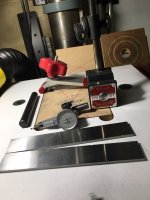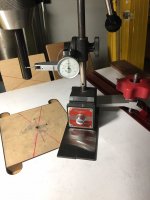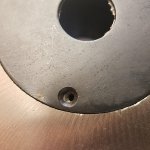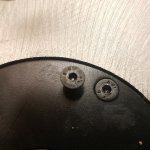Hope you guys have better experiences with the Nova control units that control the operation and speed of the tool. I own a Nova Comet II lathe that is a DVR lathe (in combination with a 3-pulley system). After 2 1/2 years the control unit just died (at least I'm hoping it's the control unit and not the motor). My only choice is to replace the control unit at my cost because the warranty is 2 years. The control unit looks like brand new inside, the fuse is good, and there is no evidence of any type of burn out from surges or other electrical problems. It just basically failed and, because the warranty was up, Nova won't even consider that the unit might have had a problem to begin with. I get it and they don't have to do anything because of the warranty, but it's a $160 part. They just basically didn't even consider circumstances and indicated that it was basically my fault because I didn't have a surge protector for the lathe. (I have no surge protectors in my shop and haven't had a single problem with any tool, electronic or otherwise, in 25 years.) Anyway, I have no faith in their electronics at this point. Hope the control unit in the drill press is a better one.
At the very least you may want to use a surge protector on the drill press or Nova may not stand behind the warranty. That's the indication from them even with a potential warranty issue.
At the very least you may want to use a surge protector on the drill press or Nova may not stand behind the warranty. That's the indication from them even with a potential warranty issue.






